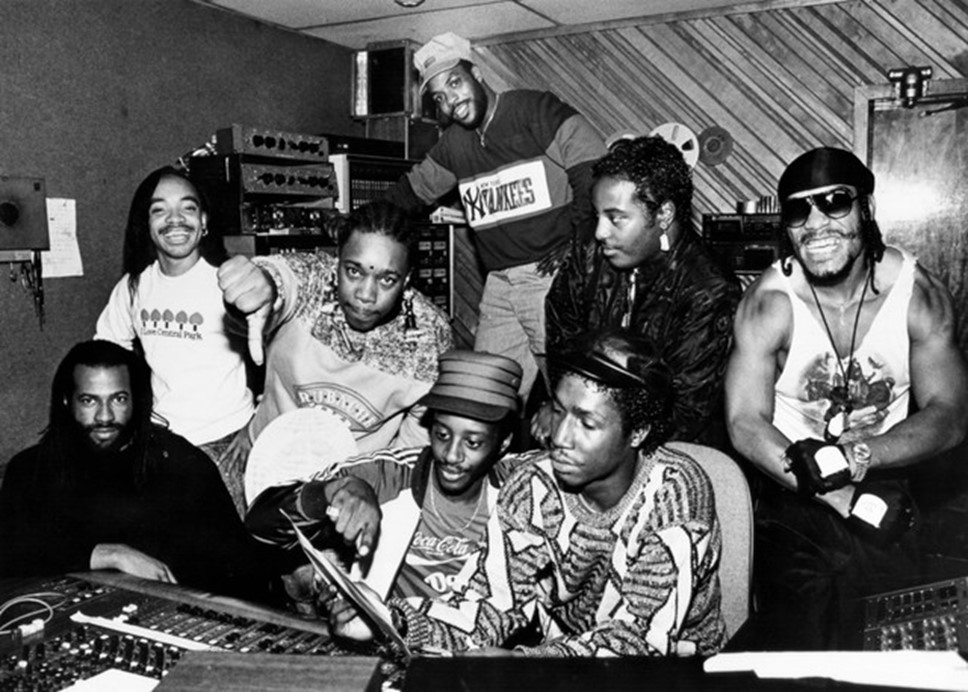Hip-hop is regarded as a cultural movement during the 1970s that originally emerged in the Bronx, New York City. It became a voice for marginalized youth, mostly black and Latino communities, as a way to express themselves, social struggles, and as a way of resilience.

(Pictured above: Grandmaster Flash and The Furious Five)
Hip-hop originated in the Bronx, New York City, during the early 1970s. It was created primarily by Black and Latino youth as a cultural movement that combined DJing, MCing (rapping), breakdancing, and graffiti art.

Hip-hop is considered to have originated with a party on August 11, 1973, at 1520 Sedgwick Avenue in the South Bronx, hosted by DJ Kool Herc. Modern hip-hop music was founded on the new DJing technique Herc introduced at this party.
South Bronx was affected by redlining, disinvestment, and urban renewal policies that tore apart neighborhoods and left families without resources or support. Hip-hop emerged as a response to this systemic neglect as way to reclaim space, voice, and identity. DJ Kool Herc’s block parties became more than music creating safe spaces for the community. Consequently, graffiti artists made their mark on trains that traveled far beyond the Bronx. Hip-hop gave these communities visibility, dignity, and power.

This genre gained popularity at block parties and local clubs, resonating with audiences who saw themselves reflected in the music. The audience was primarily young people in inner-city neighborhoods quickly expanded as the genre resonated with a broader audience in mainstream culture. Becoming more than music and transforming into a platform of activism.


